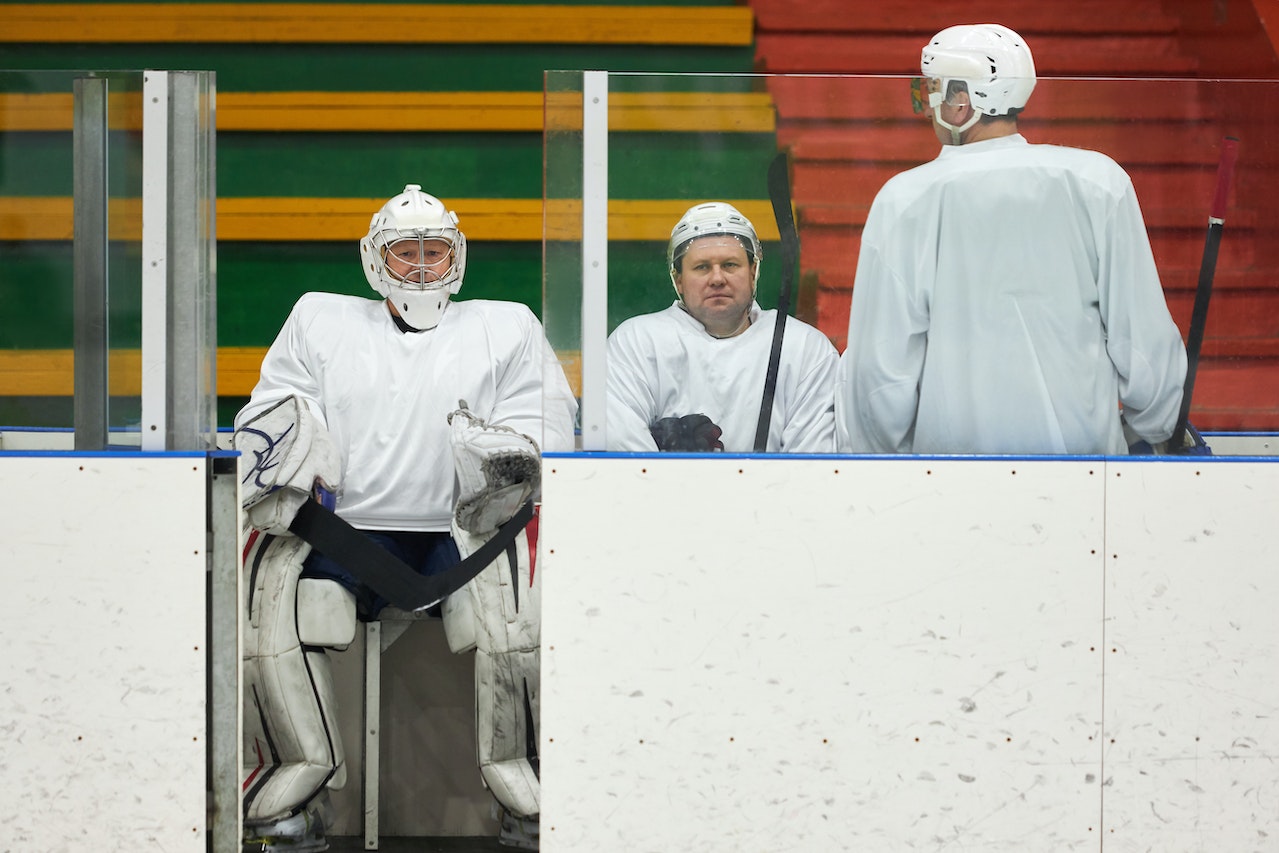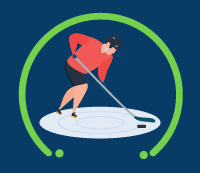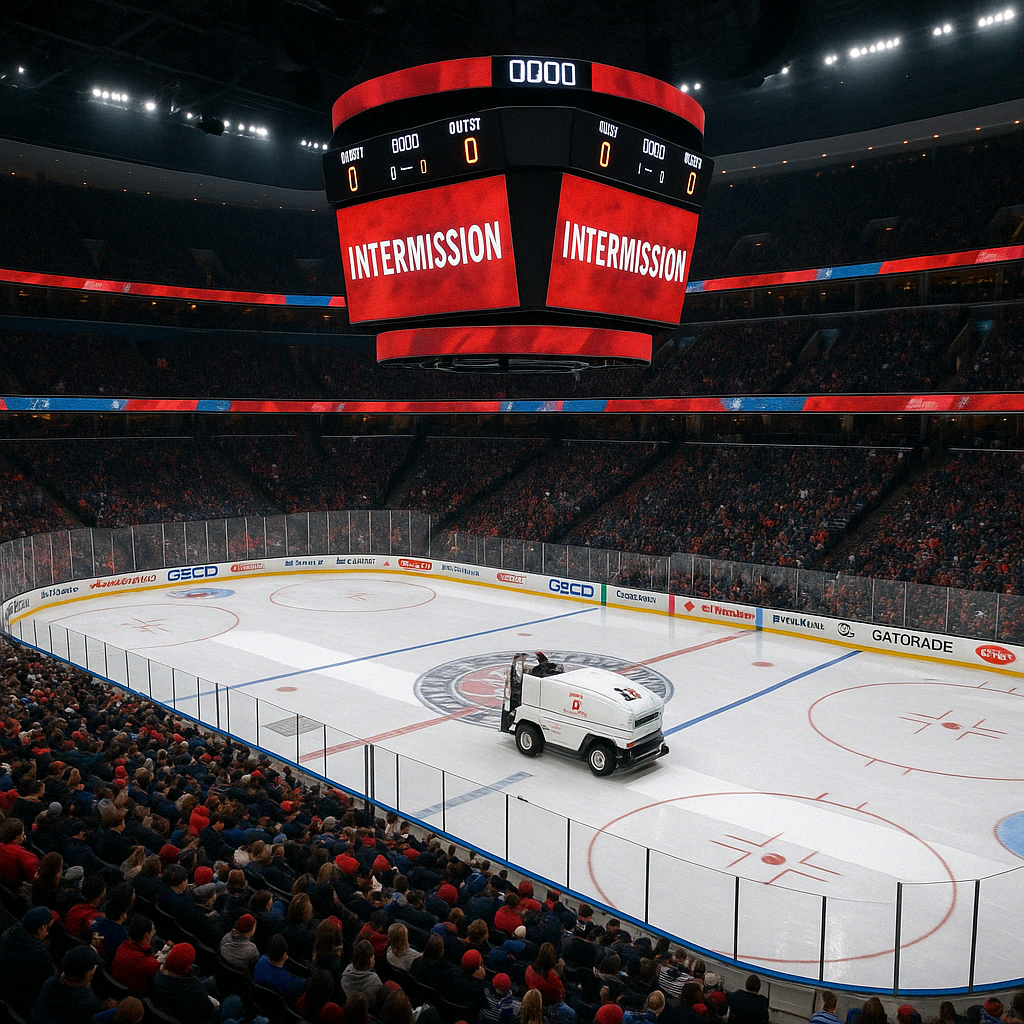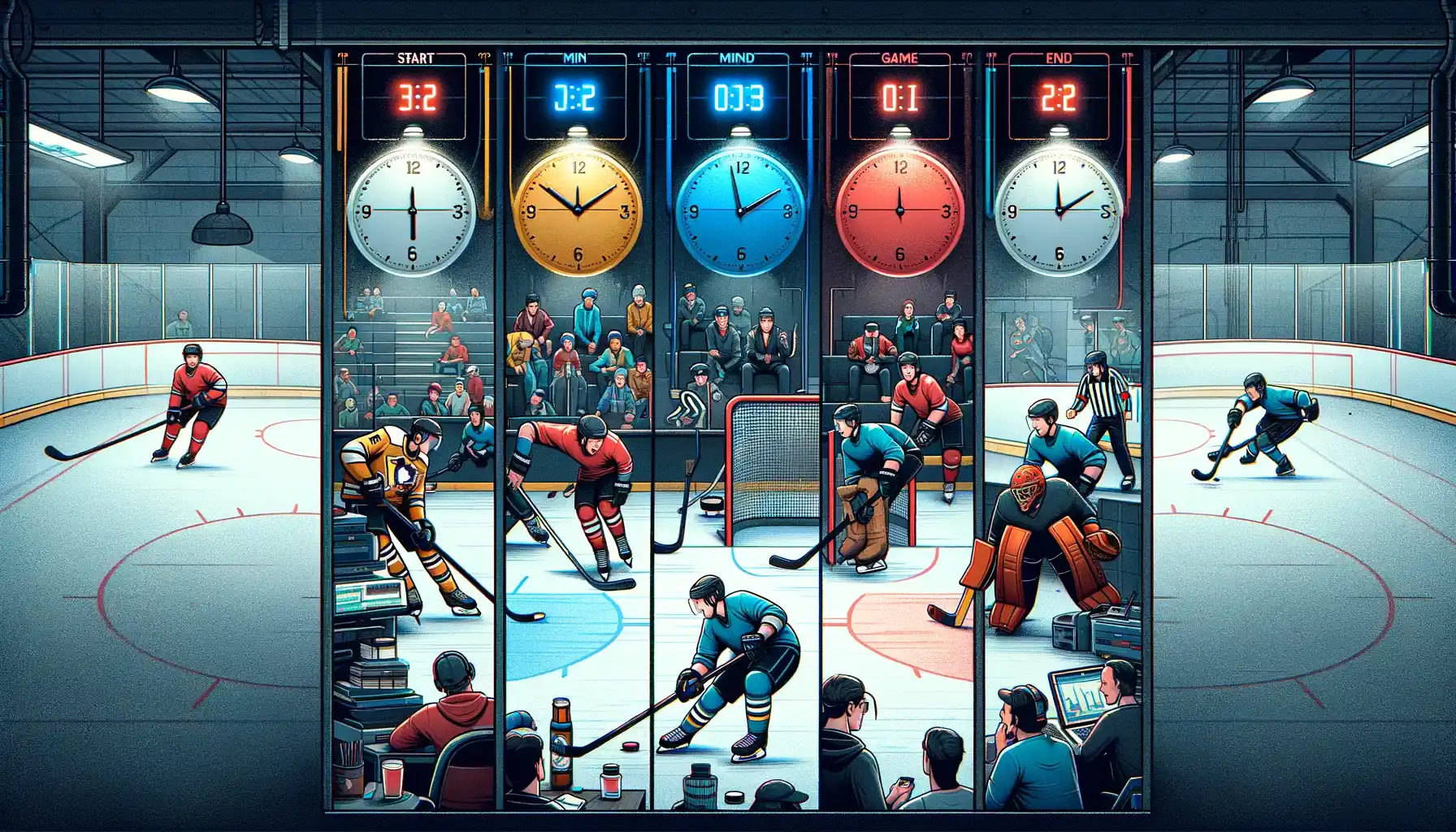Penalty minutes aren’t just about sending players to the box — they’re a window into the strategy, discipline, and evolution of hockey itself. Whether you’re new to the sport or a seasoned fan, understanding PIM (Penalty Infraction Minutes) provides valuable context for player behavior, team strategy, and historical trends.
What is PIM and its Role in Hockey?
PIM stands for “Penalty Infraction Minutes.” It refers to the cumulative time a player spends in the penalty box due to rule violations during a game. These minutes are recorded as a statistic and used to evaluate player conduct and team discipline.
While high PIM totals were once associated with toughness, today’s game emphasizes smarter, more calculated play. A well-timed penalty might save a goal, but undisciplined infractions can turn the tide of a game — especially when facing elite power play units.
Understanding PIMs could unlock a deeper appreciation of the game. For an in-depth understanding of hockey rules, you can refer to our guide on Ice Hockey Rules.
✅ Quick Insight: In fantasy hockey leagues, PIM can actually be a favorable stat depending on scoring format — making enforcers and agitators surprisingly valuable.
Types of Penalties That Count Toward PIM
Hockey penalties are categorized based on severity, and each adds to a player’s PIM total. Here’s a breakdown:
| Penalty Type | Corresponding PIM | Common Causes |
|---|---|---|
| Minor | 2 minutes | Tripping, high-sticking, hooking |
| Major | 5 minutes | Fighting, boarding, charging |
| Misconduct | 10 minutes | Unsportsmanlike behavior |
| Game Misconduct | 10 + ejection | Intent to injure, excessive abuse |
| Match Penalty | 5 + ejection | Deliberate attempt to injure |
Some rare penalties like 7-minute double minors (e.g., high stick causing injury plus misconduct) and penalty shots also factor into game outcomes but do not always increase a player’s PIM unless accompanied by an assessed minor or major.
Note: A player awarded a penalty shot doesn’t get penalized with PIM unless the infraction also warrants it — a common misconception.
NHL Historical Leaders in PIM
Some of hockey’s most iconic enforcers racked up staggering PIM totals. These players often used physicality to protect teammates, intimidate opponents, or shift momentum — a role that has since evolved in modern NHL play.
Here’s a snapshot of the players with the most accumulated penalty minutes in NHL history.
| Player Name | Career PIM | Years Active | Teams |
|---|---|---|---|
| Tiger Williams | 3,971 | 1974–1988 | TOR, VAN, DET, LAK |
| Dale Hunter | 3,565 | 1980–1999 | QUE, WSH, COL |
| Tie Domi | 3,515 | 1989–2006 | TOR, NYR, WPG |
| Marty McSorley | 3,381 | 1983–2000 | PIT, EDM, LAK, NYR, SJS, BOS |
| Bob Probert | 3,300 | 1985–2002 | DET, CHI |
Goalies aren’t immune either — Ron Hextall holds the record for most PIM by a goalie in a season, while Patrick Roy has the most career goalie PIM.
Even the great Wayne Gretzky — best known for goals and assists — accumulated 577 penalty minutes in his career, proving that even the most skilled players find themselves in the box.
Why PIM Still Matters?
While the NHL has shifted toward speed and finesse, PIM remains an important stat — especially in fantasy leagues, playoff analysis, and evaluating a player’s discipline. In fact, the last five Stanley Cup champions ranked among the league’s most physical teams, combining high PIM with elite penalty-killing units.
Understanding penalty minutes is about more than counting time — it’s about grasping the physical, psychological, and tactical layers that make hockey one of the world’s most dynamic sports.
Power Plays, Physicality, and the Future of PIM in Hockey
What is Power Play in Hockey?
A power play occurs when one team has a numerical advantage due to an opposing player serving a penalty. It’s one of the most strategically crucial moments in a game — teams with high power-play efficiency can tilt the momentum fast.
📊 2024–25 Insight: The Washington Capitals are converting at a 23.5% rate this season, turning penalty kills by opponents into high-value scoring opportunities.
Power Play Records and Impact Players
The best power-play percentage in NHL history still belongs to the 1977–78 Montreal Canadiens (31.9%). Today’s elite teams aim for 20–25%, but recent champions like Florida have shown that balancing high PIM with strong PP efficiency can drive deep playoff runs.
Key Hockey Abbreviations Explained
| Abbreviation | Full Form | Explanation |
|---|---|---|
| SHG | Short Handed Goals | Goals scored by a team when they are at a numerical disadvantage due to penalties. |
| SOA | Shots On Attempt | The total number of shots that were directed towards the opponent's net, including the ones blocked or missed the net. |
| +/- | Plus-Minus | A player's plus-minus statistic is increased by one ('plus') for each goal their team scores while they are on the ice, and decreased by one ('minus') for each goal their team allows while they are on the ice. |
PIM, Brawls, and Strategic Physicality
Do Brawls Help or Hurt?
Fighting remains a cultural staple of hockey — and a major contributor to PIM totals. Some enforcers use it as a momentum-shifting tactic or to protect teammates. However, modern NHL strategy values disciplined physicality over brute force.
Reddit user on r/hockey: “PIM used to mean grit. Now it’s a liability unless your PK unit is elite.”
The Role of Body Checking and Discipline
While players like Scott Stevens made their name with bone-crunching hits, today’s teams must balance aggression and control. Florida (843 PIM) and Carolina (648 PIM) exemplify this — physical but calculated, with PK rates over 80%.
Physicality’s Double-Edged Sword
Physical play boosts morale and intimidates opponents — but excessive penalties hurt. The Buffalo Sabres are a case study: second in PIM, poor PK execution, and a -22 goal differential. Meanwhile, Florida and Washington show how physicality, when supported by structure, becomes a weapon.

Final Thoughts: The Evolution of Penalty Minutes in the NHL
Penalty Infraction Minutes are no longer just a measure of toughness — they’re a strategic metric. Context matters. A retaliatory penalty in the final minutes of a tied playoff game? That’s a killer. A smart hook to prevent a breakaway goal? Possibly game-saving.
What’s Next for the PIM Stat?
Expect further refinement. Analysts are pushing to:
-
Differentiate “good” vs. “bad” penalties
-
Break down net team disadvantages caused by PIM
-
Track expected goals against (xGA) per penalty type
The NHL’s 2024–25 rule changes (like coach’s challenge on delay-of-game) reflect a league constantly fine-tuning the balance between physical play and fairness.
Whatever the future holds, PIM will remain a vital part of understanding the complex and thrilling game of hockey.
Common Questions About PIM and Hockey Rules
What does “Chel” mean in the NHL?
It’s slang for the NHL, popularized by fans and the EA Sports NHL video game series.
How many penalty minutes did Wayne Gretzky have?
577 total — proof that elite offense and disciplined play can go hand in hand.
Who has the most penalty minutes in NHL history?
Dave “Tiger” Williams holds the record with 3,966 career PIM.
What’s the record for PIM in a single game?
The Philadelphia Flyers set the team record with 125 PIM in one game (2004).
Does “PM” mean PIM in standings?
No — “PM” usually refers to Plus/Minus, a stat showing a player’s impact on goal differential.
If a goal is scored during a delayed penalty, do you still get the power play?
Yes — the penalty is still assessed, and the team gets the full power-play opportunity.
References and Further Resoucres to Follow




